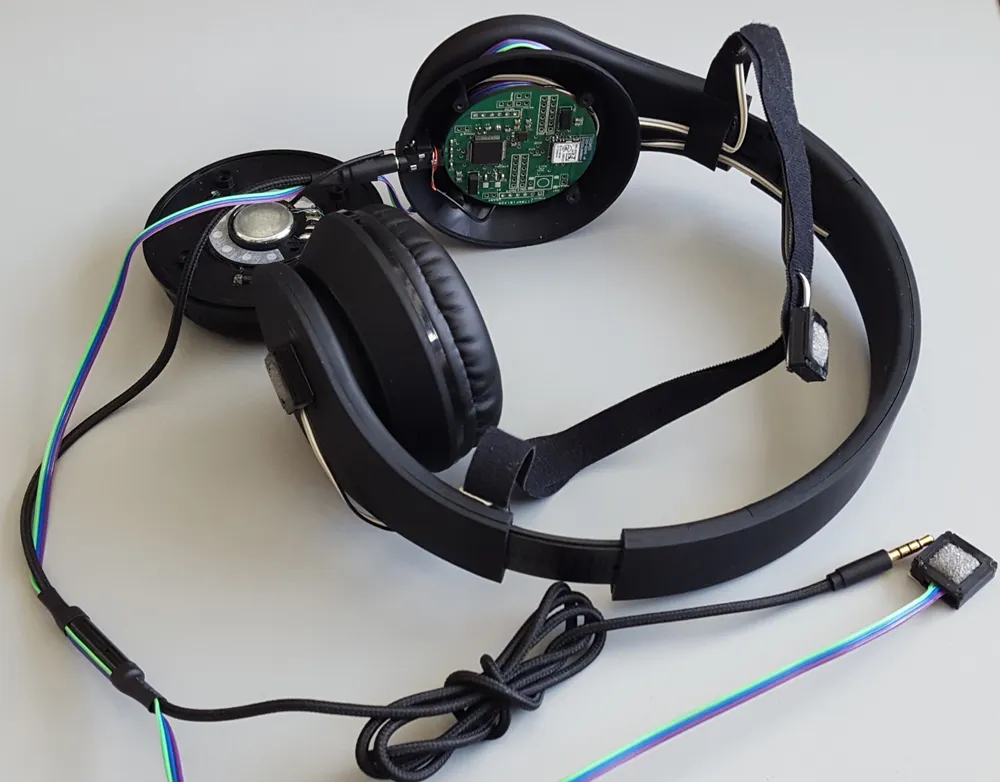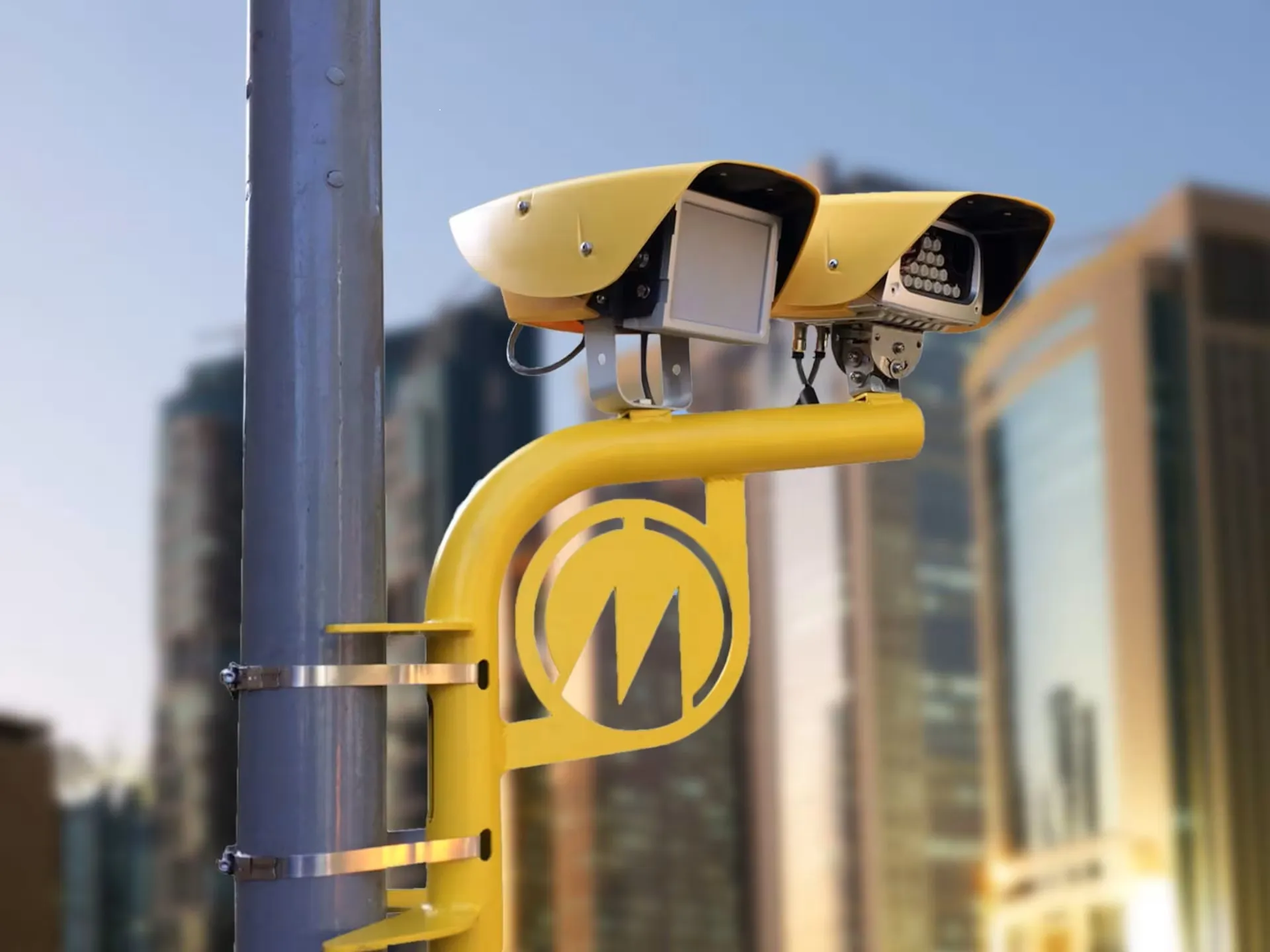Brigade Electronics says its Ultrasonic Detection System can help commercial vehicle drivers who operate in confined spaces or drive at low speeds to detect objects and people in blind spots.
The solution scans an area around the vehicle using ultrasonic waves to detect moving or stationary objects - and then sends an alert to the driver.
Up to two Ultrasonic Detection Systems can work alongside a camera monitor system. Meanwhile, an on-screen display module mounted inside the cab warns the driver o
July 30, 2018
Read time: 1 min
The solution scans an area around the vehicle using ultrasonic waves to detect moving or stationary objects - and then sends an alert to the driver.
Up to two Ultrasonic Detection Systems can work alongside a camera monitor system. Meanwhile, an on-screen display module mounted inside the cab warns the driver of obstacles by overlaying audible and visual ultrasonic data onto the camera image on the monitor.
These sensors are equipped to the front, front corners, sides and rear of the vehicle.











